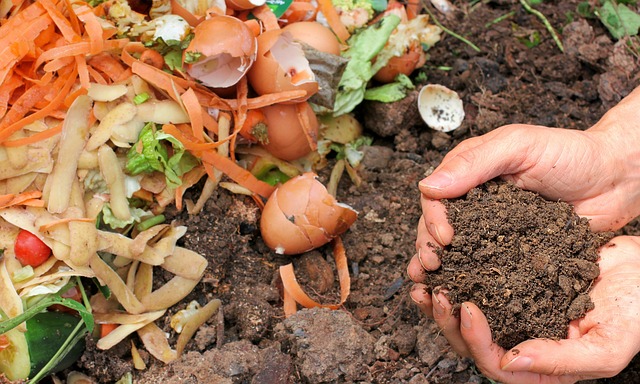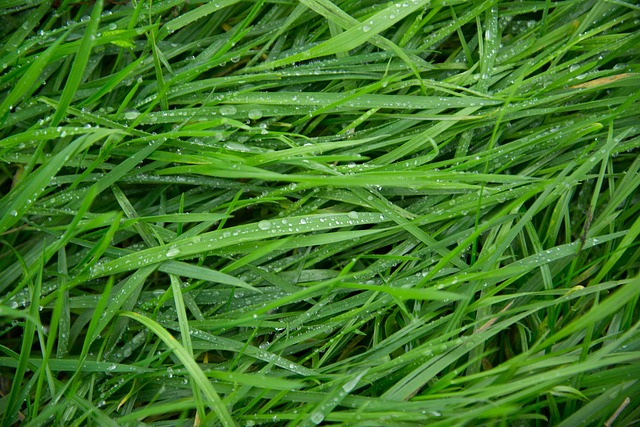Sustainable practices are becoming increasingly important, especially in areas like gardening, where waste management plays a significant role. One of the most effective and eco-friendly ways to manage garden waste is through composting. Composting not only reduces landfill waste but also produces nutrient-rich compost that enhances soil quality and promotes healthier plant growth. In this guide, we’ll explore how to build a DIY compost bin for your garden waste, making it easy for you to adopt sustainable practices in your gardening routine.
Understanding the Benefits of Composting
Before diving into the construction of a compost bin, it’s essential to understand why composting is beneficial for both your garden and the environment. Here are some key benefits of composting:
- Reduced Waste: Composting diverts organic waste from landfills, reducing the strain on waste management systems and minimizing methane emissions.
- Nutrient-rich Soil: Compost is a natural fertilizer rich in essential nutrients like nitrogen, phosphorus, and potassium, improving soil structure and promoting healthier plant growth.
- Cost Savings: By creating your compost, you reduce the need for store-bought fertilizers, saving money in the long run.
- Environmental Impact: Composting reduces greenhouse gas emissions and contributes to a more sustainable ecosystem.
Materials Needed for Building a DIY Compost Bin
Before starting the construction process, gather the necessary materials. Here’s what you’ll need:
- Wooden Pallets or Lumber: You can repurpose wooden pallets or use lumber to create the structure of the compost bin.
- Galvanized Screws or Nails: These will be used to secure the pallets or lumber together.
- Mesh or Hardware Cloth: This material will serve as the sides of the compost bin, allowing airflow while containing the compost.
- Hinges and Latches (Optional): If you want a hinged lid for your compost bin, these will be necessary.
- Tools: Hammer, saw, screwdriver or drill, measuring tape.
Step-by-Step Guide to Building Your DIY Compost Bin
Follow these steps to construct a simple and effective compost bin for your garden waste:
Step 1: Prepare the Materials
Measure and cut the wooden pallets or lumber to the desired size for your compost bin. Ensure that you have enough material to create at least three sides and a base.
Step 2: Assemble the Frame
Using galvanized screws or nails, assemble the wooden pallets or lumber to form three sides of the compost bin. Leave one side open for easy access to add and remove compost materials.
Step 3: Attach Mesh or Hardware Cloth
Attach mesh or hardware cloth to the open side of the compost bin using staples or nails. This will allow airflow into the bin while preventing compost from spilling out.
Step 4: Optional Lid (Hinged)
If you prefer a hinged lid for your compost bin, attach hinges to one side of the lid and the corresponding side of the bin. Add a latch or lock to keep the lid secure.
Step 5: Place the Compost Bin
Choose a suitable location in your garden for the compost bin. Ensure it’s easily accessible for adding materials and turning the compost.
Step 6: Start Composting
Begin adding your garden waste to the compost bin, including grass clippings, leaves, vegetable scraps, and other organic materials. Use a pitchfork or compost turner to aerate the compost regularly and promote decomposition.
Tips for Successful Composting
To optimize your composting process and achieve nutrient-rich compost, consider the following tips:
- Balance Green and Brown Materials: Maintain a balance of nitrogen-rich (green) and carbon-rich (brown) materials for efficient composting.
- Aerate Regularly: Turn or mix the compost regularly to aerate it and speed up decomposition.
- Keep Moisture Levels Consistent: Ensure the compost remains moist but not waterlogged to support microbial activity.
- Avoid Meat and Dairy Products: These items can attract pests and slow down the composting process.
- Patience is Key: Composting takes time, so be patient and allow several weeks to months for the compost to mature fully.
Building a DIY compost bin for your garden waste is a rewarding and environmentally friendly way to manage organic materials while enriching your soil. By following the steps outlined in this guide and incorporating best composting practices, you can create nutrient-rich compost for healthier plants and contribute to a more sustainable gardening ecosystem. Embracing composting not only benefits your garden but also reduces your carbon footprint and promotes a greener planet for future generations. Start composting today and make a positive impact on your garden and the environment.


